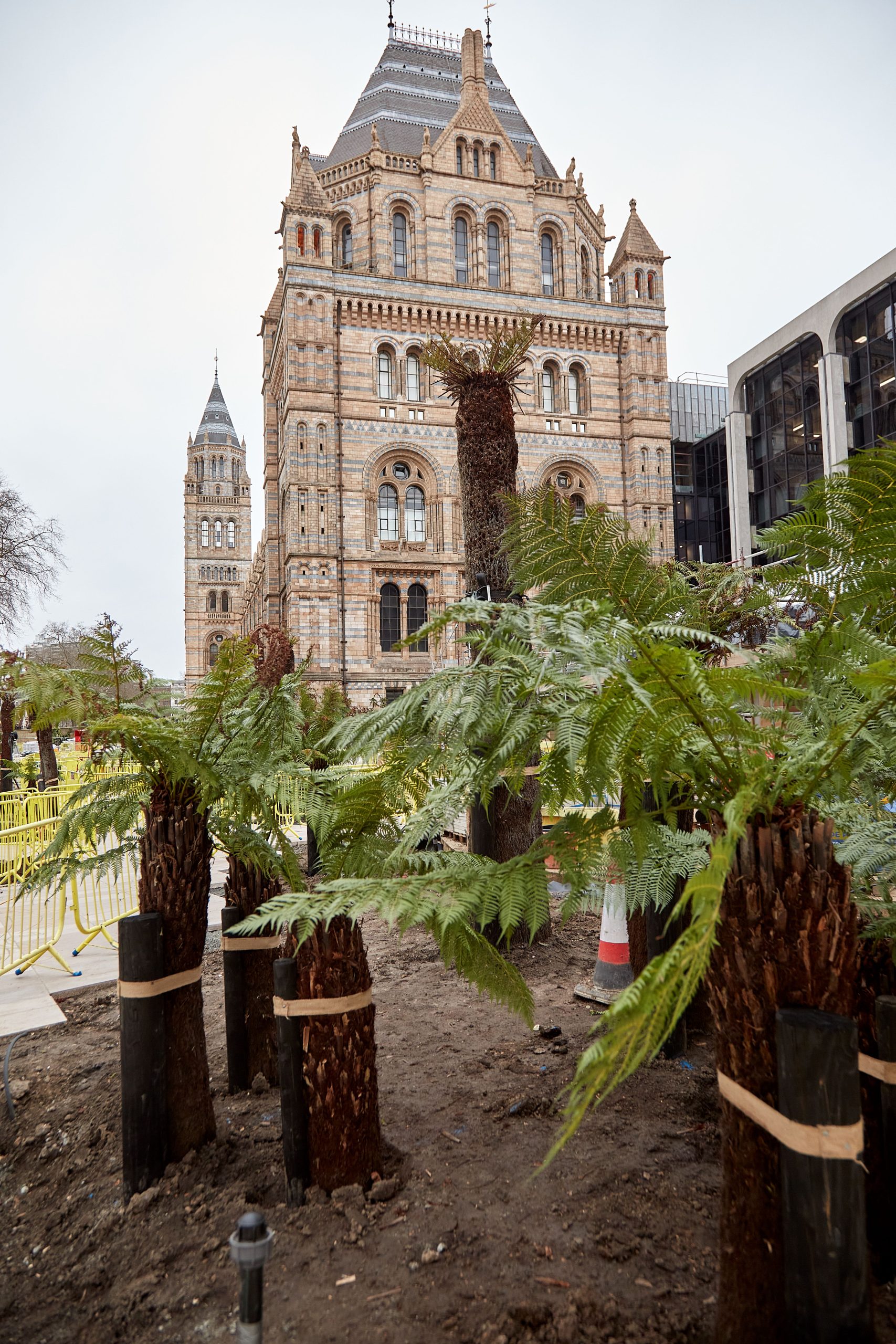How nature boosts health & wellbeing at work
When the pandemic struck, usual human routines ground to a halt. Places of work, education and leisure closed their doors. Everyday life became radically curtailed and confined. Covid limited many fundamental sources of joy, but nature was still available.
Green space became a focal point for human interaction and a promoter of health, wellbeing and happiness. Now that many are looking to return to their workplaces, even if only for part of the week, they are seeking to replicate experiences in nature, often made habitual due to working from home.
The pandemic re-emphasised the critical importance of good quality green space for health and wellbeing, particularly in urban areas, where these spaces are rarer. Indeed, the role of nature in the context of the workplace is pivotal in terms of human health and wellbeing. The inclusion of nature within the built environment can contribute to happier, healthier communities, according to the UK Green Building Council’s report ‘Nature-based Solutions for the Climate Emergency: The benefits to business and society’.
Research into the impact of green spaces highlights their ability to: positively impact employees leading to a reduction in sick leave, greater employee retention and increased productivity, remove air pollution, provide exposure to nature that improves mental health, and provide green space for physical exercise.
Positive employee impact
According to the Office for National Statistics, 26% of adults have at some stage in their life been diagnosed with a mental illness. On average, 4.3 days per worker are lost due to sick leave associated with mental health issues.
However, exposure to nature can result in reduced staff sick leave, reduced staff turnover and an increase in worker productivity, says the UKGBC’s report. It highlights a 23% decrease in sick leave taken by employees with a view of nature, and a 15% increase in worker productivity when office spaces are enhanced with plants.
Employees with views of trees and landscapes took an average of 11 hours less sick leave per year than employees with no view. This equates to an average saving of around £1,600 per employee.
Air pollution removal
The UK regularly breaches legal limits for outdoor air quality, which causes up to 36,000 deaths a year. Around 67% of the UK population are exposed to high levels of pollution that exceed World Health Organisations guidelines.
Inside an office, poor air quality can lead to reduced productivity and low employee satisfaction. However, vegetation is widely acknowledged to be able to improve air quality through the deposition and trapping of pollutants on plant surface, absorption of pollutants and in some cases acting as a barrier to the spread of pollutants.
Mental health improvement
Around one in four people in the UK will experience a mental health problem each year, according to the Health and Social Care Information Centre, but there is a clear and well-documented correlation between exposure to nature and improved mental health. For example, visits to outdoor green spaces of 30 minutes or more during the course of a week result in a 7% reduction in the prevalence of depression according to research carried out by Public Health.
Green space for physical exercise
Access to green space has also been demonstrated to have a huge improvement on physical health. It is proven to encourage physical activity, says the UKGBC’s report, which shows that people living in greener areas were 24% more likely to achieve recommended levels of physical activity. In addition, those living within a mile of green space are 38% more likely to exercise than those living further away.
How outdoor air quality is improved by nature, according to the UKGBC report
NO2 (nitrogen dioxide)
PM10 (particulate matter <10micrometers)
Green walls
18-35% NO2 removed in street canyons
22-50% PM10 removed in street canyons
Street trees
NO2 removed per tree annually: 0.17kg
PM10 removed per tree annually: 0.11kg
Green space
NO2removed 50m inside a park 2.6%
PM10 removed 50m inside a park 9.1%
Green roofs
NO2 removed directly above green roof: 24%
PM10 removed directly above green roof: 14%
Read more about how Workman creates healthy buildings here.
Read more about our ESG services
Read more about our Building Biodiversity services here > https://bit.ly/2SY8JrN
Read more about our Building Wellbeing services here > https://bit.ly/3leZ0c2



